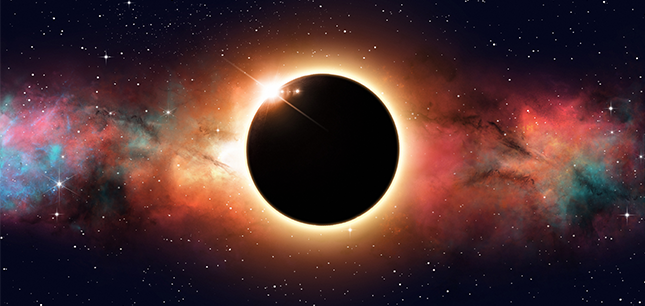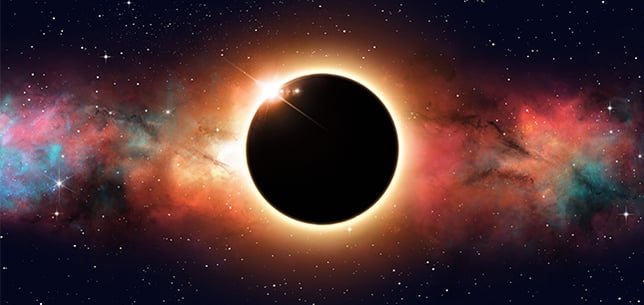The Music City Eclipse: A historical overview


In about two weeks, Nashville will plunge into darkness in the middle of the day when the much-awaited Great American Eclipse actually happens. It’s the first eclipse to across the entire country since 1918, and the first total solar eclipse visible in Nashville since 1478!
So how has life changed since the last time a total solar eclipse was visible from Nashville? Let’s take a trip through history.
1. The last time a total eclipse was visible from Nashville, Nashville wasn’t even a city yet.
In the 1400s, the peoples of the Mississippian culture lived in the area that later became Nashville. This culture built mounds, usually at the center of their towns, and cultivated corn, beans, squash and other crops, usually settling along rivers. In 1478, the area would have been inhabited by the Cherokee, Chickasaw and Shawnee. French fur traders established a post near current-day Nashville in 1717. Fort Nashborough was built at the site in 1780, and a community began to grow around it. The community was renamed Nashville in 1784, though the city wasn’t chartered until 1806.
2. The last time a total eclipse was visible from Nashville, the United States didn’t even exist.
The first English settlement in North America was Roanoke, founded in 1587. (The colony had vanished entirely by 1590.) The first successful colony, Jamestown, Va., followed in 1607. In 1776, the colonies banded together to declare independence from England, and the U.S. was born!
3. The last time a total eclipse was visible from Nashville, the Renaissance was just beginning.
Stretching from the 14th to 17th centuries, the Renaissance bridged the gap between the Middle Ages and modern history. The High Renaissance—the flowering of art and science we all associate with the time period—didn’t really start until the late 15th century, but by 1472, Renaissance great Leonardo da Vinci had joined a Florence painters’ guild. Botticelli and Perugino joined the same year. In 1478, Dante’s The Divine Comedy was just six years old.
4. The last time a total eclipse was visible from Nashville, the printing press and moveable type were in their infancy.
Johannes Gutenberg is credited with developing the printing press and innovations in typesetting that made production easier. He’d set up a printing shop in Mainz, Germany, by 1448. By 1455, he’d printed the now famous Gutenberg Bible. By 1476, William Caxton had set up the first printing press in England where he printed Chaucer’s The Canterbury Tales among other popular works.
5. The last time a total eclipse was visible from Nashville, the first Trevecca College in Wales had yet to be founded.
A historic castle had been constructed in the small town of Trevecka in South Wales in 1176. Rebecca Prosser purchased and restored at least some of the castle, renaming it Trevecka, which means “home of Rebecca,” in 1575. The town, located between Talfarth and Llangorse Lake, took its name from the castle. By 1768, Selina, Countess of Huntingdon, had established Trevecka College as a theological seminary at the castle. Lady Huntingdon wanted the college to be ecumenical, bridging the theological differences between Arminianism and Calvanism. Knowing the spirit and purpose behind the first Trevecka College, J.O. McClurkan selected the name when the Pentecostal Literary and Bible Training School became a four-year college in 1910.
SolarFest: Eclipse picnic at Trevecca
When the sky goes dark over Nashville on August 21, Trevecca will mark this scientifically historic event with a family-friendly picnic, including food trucks and free ice cream. We'll have experts on hand to answer questions and display real-time data and images from Trevecca’s solar radio telescope and solar telescopes. Join us between 11:30 a.m. and 3 p.m.! The first 800 guests will receive free viewing glasses.

